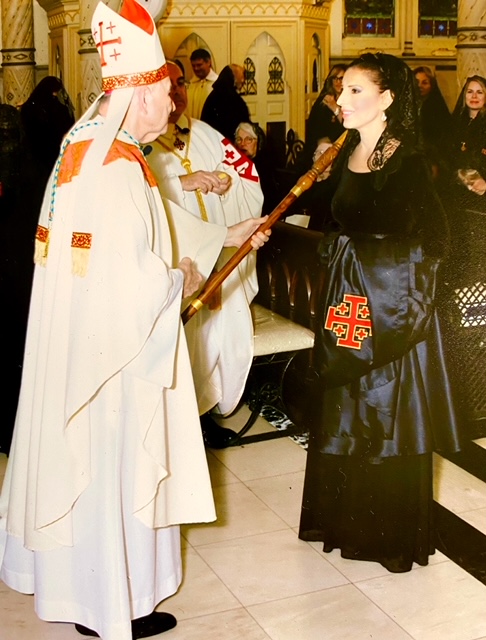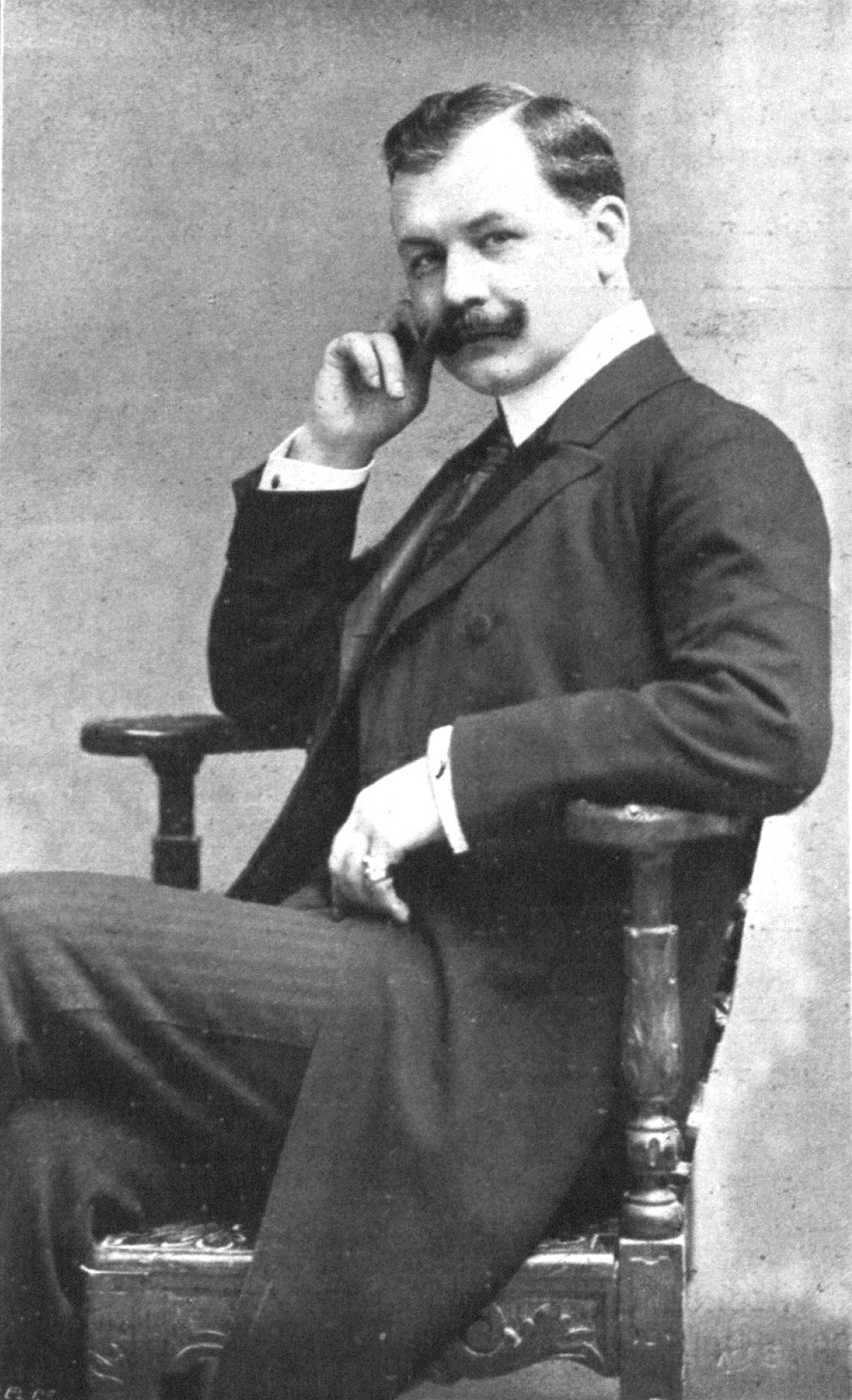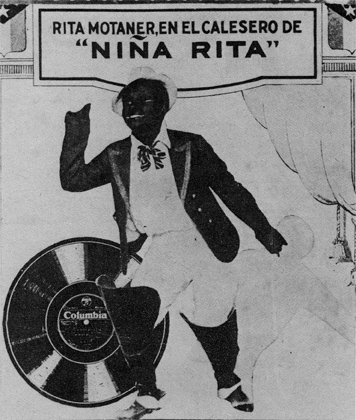|
Felicity Lott
Dame Felicity Ann Emwhyla Lott, (born 8 May 1947) is an English soprano. Education Lott was born in Cheltenham, Gloucestershire. From her earliest years she was musical, having started studying piano at age 5. She also played violin and began singing lessons at 12. She is an alumna of Royal Holloway, University of London, obtaining a BA in French and Latin in 1969. During her year in France as part of her four-year degree course, from 1967–68 she took singing lessons at the conservatory in Grenoble. She graduated from the Royal Academy of Music, winning the Principal's Prize. Career She made her operatic debut at the City of London Festival in 1974 as Seleuce in ''Tolomeo'' by Handel. The following year she appeared as Pamina in Mozart's ''The Magic Flute'' at the English National Opera. In 1976 she appeared in the premiere of Henze's ''We Come to the River'' at the Royal Opera House Covent Garden and began a long relationship with the Glyndebourne Festival. In 1977, she r ... [...More Info...] [...Related Items...] OR: [Wikipedia] [Google] [Baidu] |
Dame
''Dame'' is a traditionally British honorific title given to women who have been admitted to certain orders of chivalry. It is the female equivalent of ''Sir'', the title used by knights. Baronet, Baronetesses Suo jure, in their own right also use the title ''Dame''. A woman appointed to the grades of Dame Commander or Dame Grand Cross of the Order of Saint John (Bailiwick of Brandenburg), Order of Saint John, the Order of the Holy Sepulchre (Catholic), Order of the Holy Sepulchre, the Order of the Bath, the Order of Saint Michael and Saint George, the Royal Victorian Order, or the Order of the British Empire becomes a dame. A Central European order in which female members receive the rank of Dame is the Order of St. George (Habsburg-Lorraine), Order of Saint George. Since there is no female equivalent to a Knight Bachelor, women are always appointed to an Order (distinction), order of chivalry. Women who are appointed to the Order of the Garter or the Order of the Thistle are gi ... [...More Info...] [...Related Items...] OR: [Wikipedia] [Google] [Baidu] |
Te Deum (Charpentier)
Marc-Antoine Charpentier composed six Te Deum settings, but only four of them have survived (H.145, H.146, H.147, H.148). Largely because of the great popularity of its prelude, the best known is the Te Deum in D major, H.146, written as a '' grand motet'' for soloists, choir, and instrumental accompaniment probably between 1688 and 1698, during Charpentier's stay at the Jesuit Church of Saint-Louis in Paris, where he held the position of musical director. ISMN M-0006-52543-0 It is thought that the composition was performed to mark the victory celebrations and the Battle of Steinkirk in August, 1692. Structure The composition consists of the following parts: * Prelude (''Marche en rondeau'') * Te Deum laudamus (bass solo) * Te aeternum Patrem (chorus and SSAT solo) * Pleni sunt caeli et terra (chorus) * Te per orbem terrarum (trio, ATB) * Tu devicto mortis aculeo (chorus, bass solo) * Te ergo quaesumus (soprano solo) * Aeterna fac cum sanctis tuis (chorus) * Dignare, Domine ... [...More Info...] [...Related Items...] OR: [Wikipedia] [Google] [Baidu] |
La Grande-Duchesse De Gérolstein
''La Grande-Duchesse de Gérolstein'' (''The Grand Duchess of Gerolstein'') is an opéra bouffe (a form of operetta), in three acts and four tableaux by Jacques Offenbach to an original French libretto by Henri Meilhac and Ludovic Halévy. The story is a satirical critique of unthinking militarism and concerns a spoiled and tyrannical young Grand Duchess who learns that she cannot always get her way. The opera premiered in Paris in 1867 and starred Hortense Schneider in the title role. Thereafter, it was heard in New York, London and elsewhere, and it is still performed and recorded. Background Offenbach's career was at its height in the 1860s with the premieres of some of his most popular and enduring works, such as '' La Belle Hélène'' (1864) and '' La Vie parisienne'' (1866). With the original production of the latter still running, Offenbach and his librettists hurried to prepare a new opera, ''La Grande-Duchesse de Gérolstein'', to play during the Paris Exposition ('' ... [...More Info...] [...Related Items...] OR: [Wikipedia] [Google] [Baidu] |
La Belle Hélène
''La belle Hélène'' (, ''The Beautiful Helen'') is an opéra bouffe in three acts, with music by Jacques Offenbach and words by Henri Meilhac and Ludovic Halévy. The piece parodies the story of Helen of Troy's elopement with Paris (mythology), Paris, which set off the Trojan War. The premiere was at the Théâtre des Variétés in Paris, on 17 December 1864. The work ran well, and productions followed in three continents. ''La belle Hélene'' continued to be revived throughout the 20th century and has remained a repertoire piece in the 21st. Background and first performance By 1864, Offenbach was well established as the leading French composer of operetta. After successes with his early works – short pieces for modest forces – he was granted a licence in 1858 to stage full-length operas with larger casts and chorus. The first of these to be produced, ''Orpheus in the Underworld, Orphée aux enfers'', achieved notoriety and box-office success for its risqué satire of G ... [...More Info...] [...Related Items...] OR: [Wikipedia] [Google] [Baidu] |
Jacques Offenbach
Jacques Offenbach (; 20 June 18195 October 1880) was a German-born French composer, cellist and impresario. He is remembered for his nearly 100 operettas of the 1850s to the 1870s, and his uncompleted opera ''The Tales of Hoffmann''. He was a powerful influence on later composers of the operetta genre, particularly Franz von Suppé, Johann Strauss II and Arthur Sullivan. His best-known works were continually revived during the 20th century, and many of his operettas continue to be staged in the 21st. ''The Tales of Hoffmann'' remains part of the standard opera repertory. Born in Cologne, Kingdom of Prussia, the son of a synagogue hazzan, cantor, Offenbach showed early musical talent. At the age of 14, he was accepted as a student at the Paris Conservatoire; he found academic study unfulfilling and left after a year, but remained in Paris. From 1835 to 1855 he earned his living as a cellist, achieving international fame, and as a conductor. His ambition, however, was to compose c ... [...More Info...] [...Related Items...] OR: [Wikipedia] [Google] [Baidu] |
Die Fledermaus
' (, ''The Bat'', sometimes called ''The Revenge of the Bat'') is an operetta composed by Johann Strauss II to a German libretto by Karl Haffner and Richard Genée, which premiered in 1874. Background The original literary source for ' was ' (''The Prison''), a farce by German playwright Julius Roderich Benedix that premiered in Berlin in 1851. On 10 September 1872, a three-act French vaudeville play by Henri Meilhac and Ludovic Halévy, ', loosely based on the Benedix farce, opened at the Théâtre du Palais-Royal. Meilhac and Halévy had provided several successful libretti for Offenbach. ''Le Réveillon'' later was adapted as the 1926 silent film '' So This Is Paris'', directed by Ernst Lubitsch. Meilhac and Halévy's play was soon translated into German by Karl Haffner (1804–1876), at the instigation of Max Steiner, as a non-musical play for production in Vienna. The French custom of a New Year's Eve '' réveillon'', or supper party, was not considered to provi ... [...More Info...] [...Related Items...] OR: [Wikipedia] [Google] [Baidu] |
The Merry Widow
''The Merry Widow'' ( ) is an operetta by the Austria-Hungary, Austro-Hungarian composer Franz Lehár. The Libretto, librettists, Viktor Léon and Leo Stein (writer), Leo Stein, based the story – concerning a rich widow, and her countrymen's attempt to keep her money in the principality by finding her the right husband – on an 1861 comedy play, (''The Embassy Attaché'') by Henri Meilhac. The operetta has enjoyed extraordinary international success since its 1905 premiere in Vienna and continues to be frequently revived and recorded. Film and other adaptations have also been made. Well-known music from the score includes the "Supernatural beings in Slavic folklore#Vila, Vilja Song", "" ("You'll Find Me at Maxim's"), and the "Merry Widow Waltz". Background In 1861, Henri Meilhac premiered a comic play in Paris, (''The Embassy Attaché''), in which the Parisian ambassador of a poor German grand duchy, Baron Scharpf, schemes to arrange a marriage between his country's rich ... [...More Info...] [...Related Items...] OR: [Wikipedia] [Google] [Baidu] |
Franz Lehár
Franz Lehár ( ; ; 30 April 1870 – 24 October 1948) was an Austro-Hungarian composer. He is mainly known for his operettas, of which the most successful and best known is '' The Merry Widow'' (''Die lustige Witwe''). Life and career Lehár was born in the northern part of Komárom, Kingdom of Hungary (now Komárno, Slovakia), the eldest son of Franz Lehar Sr. (1838–1898), an Austrian bandmaster in the Infantry Regiment No. 50 of the Austro-Hungarian Army and Christine Neubrandt (1849–1906), a Hungarian woman from a family of German descent. He grew up speaking only Hungarian until the age of 12. He later put an acute accent above the ''a'' of his father's surname ''Lehar'' to indicate the pronunciation of the vowel as , in accordance with Hungarian orthography. While his younger brother Anton entered cadet school in Vienna to become a professional officer, Franz studied violin at the Prague Conservatory, where his violin teacher was Antonín Bennewitz, ... [...More Info...] [...Related Items...] OR: [Wikipedia] [Google] [Baidu] |
Operetta
Operetta is a form of theatre and a genre of light opera. It includes spoken dialogue, songs and including dances. It is lighter than opera in terms of its music, orchestral size, and length of the work. Apart from its shorter length, the operetta is usually of a light and amusing character. The subject matter may portray "lovers' spats, mistaken identities, sudden reversals of fortune, and glittering parties". It sometimes also includes satirical commentaries. "Operetta" is the Italian diminutive of "opera" and was used originally to describe a shorter, perhaps less ambitious work than an opera. Operetta provides an alternative to operatic performances in an accessible form targeting a different audience. Operetta became a recognizable form in the mid-19th century in France, and its popularity led to the development of many national styles of operetta. Distinctive styles emerged across countries including Austria-Hungary, Germany, England, Spain, the Philippines, Mexico, Cuba, ... [...More Info...] [...Related Items...] OR: [Wikipedia] [Google] [Baidu] |
Capriccio (opera)
''Capriccio'', Op. 85, is the final opera by German composer Richard Strauss, subtitled "A Conversation Piece for Music". It received its premiere performance at the Nationaltheater München on 28 October 1942. Strauss and Clemens Krauss wrote the German libretto, but its genesis came from Stefan Zweig in the 1930s, and Joseph Gregor further developed the idea several years later. Strauss then took it on, but finally recruited Krauss as his collaborator. Most of the final libretto is by Krauss. The opera originally consisted of a single act lasting close to two and a half hours. This, in combination with the work's conversational tone and emphasis on text, has prevented it from achieving great popularity. But at Hamburg in 1957, , who directed the opera at its premiere in Munich, inserted an interval at the point when the Countess orders chocolate, and other directors have often followed suit, including performances at Glyndebourne Festival Opera. The final scene for Countess ... [...More Info...] [...Related Items...] OR: [Wikipedia] [Google] [Baidu] |
Der Rosenkavalier
(''The Knight of the Rose'' or ''The Rose-Bearer''), Op. 59, is a comic opera in three acts by Richard Strauss to an original German libretto by Hugo von Hofmannsthal. It is loosely adapted from Louvet de Couvrai's novel ''Les amours du chevalier de Faublas'' and Molière's comedy ''Monsieur de Pourceaugnac''. It was first performed at the Königliches Opernhaus in Dresden on 26 January 1911 under the direction of Max Reinhardt, with Ernst von Schuch conducting. Until the premiere, the working title was ''Ochs auf Lerchenau''. (The choice of the name Ochs is not accidental, as "Ochs" means "ox", which describes the Baron's manner.) The opera has four main characters: the aristocratic Marschallin; her 17-year-old lover, Count Octavian Rofrano; her brutish cousin Baron Ochs; and Ochs's prospective fiancée, Sophie von Faninal, the daughter of a rich bourgeois. At the Marschallin's suggestion, Octavian acts as Ochs's ''Rosenkavalier'' by presenting a ceremonial silver rose to ... [...More Info...] [...Related Items...] OR: [Wikipedia] [Google] [Baidu] |
Four Last Songs
The ''Four Last Songs'' (), Op. posth., for soprano and orchestra were composed in 1948 when Strauss was 84. They are – with the exception of the song "Malven" (Mallows), composed later the same year – the final completed works of Richard Strauss. The songs are "Frühling" (Spring), "September", "" (When Falling Asleep) and "Im Abendrot" (At Sunset). The title ''Four Last Songs'' was provided posthumously by Strauss's friend Ernst Roth, who published the four songs as a single unit in 1950 after Strauss's death. Strauss died in September 1949. The premiere was given at the Royal Albert Hall in London on 22 May 1950 by soprano Kirsten Flagstad and the Philharmonia Orchestra, conducted by Wilhelm Furtwängler. The work has no opus number. It is listed as AV 150 in Mueller von Asow's thematical index, and as TrV 296 in the index of and Florian Trenner. Background Strauss had come across the poem "Im Abendrot" by Joseph von Eichendorff, which had a special meaning fo ... [...More Info...] [...Related Items...] OR: [Wikipedia] [Google] [Baidu] |







